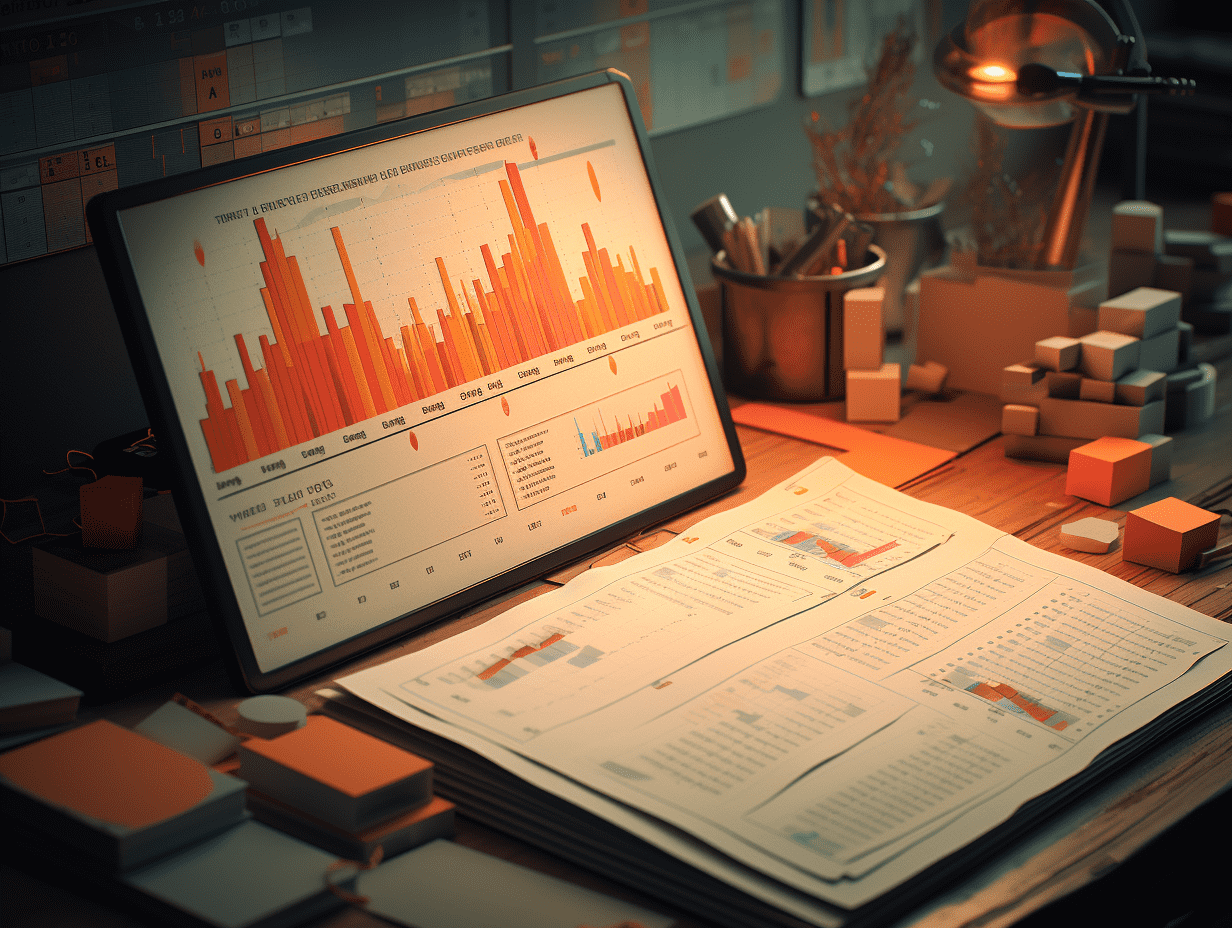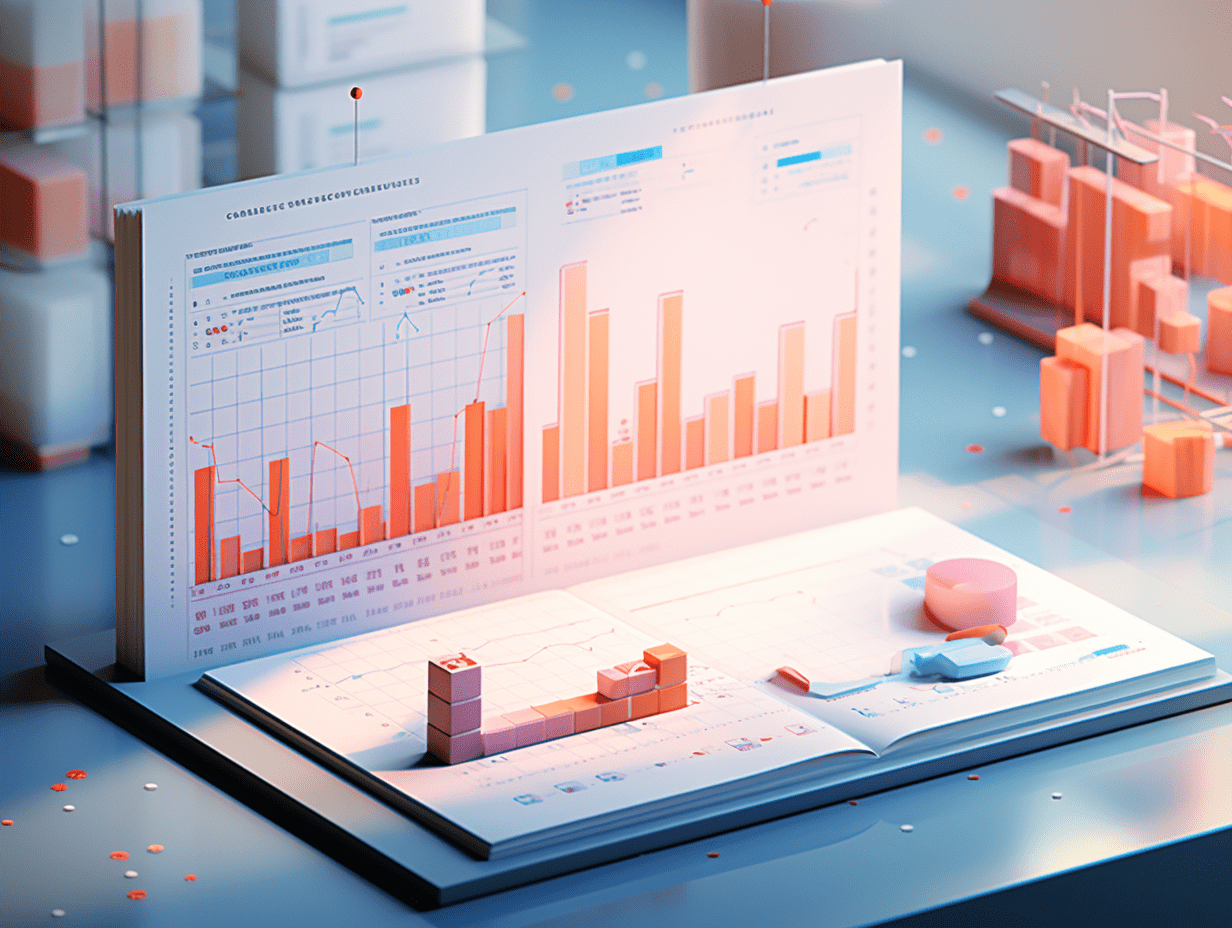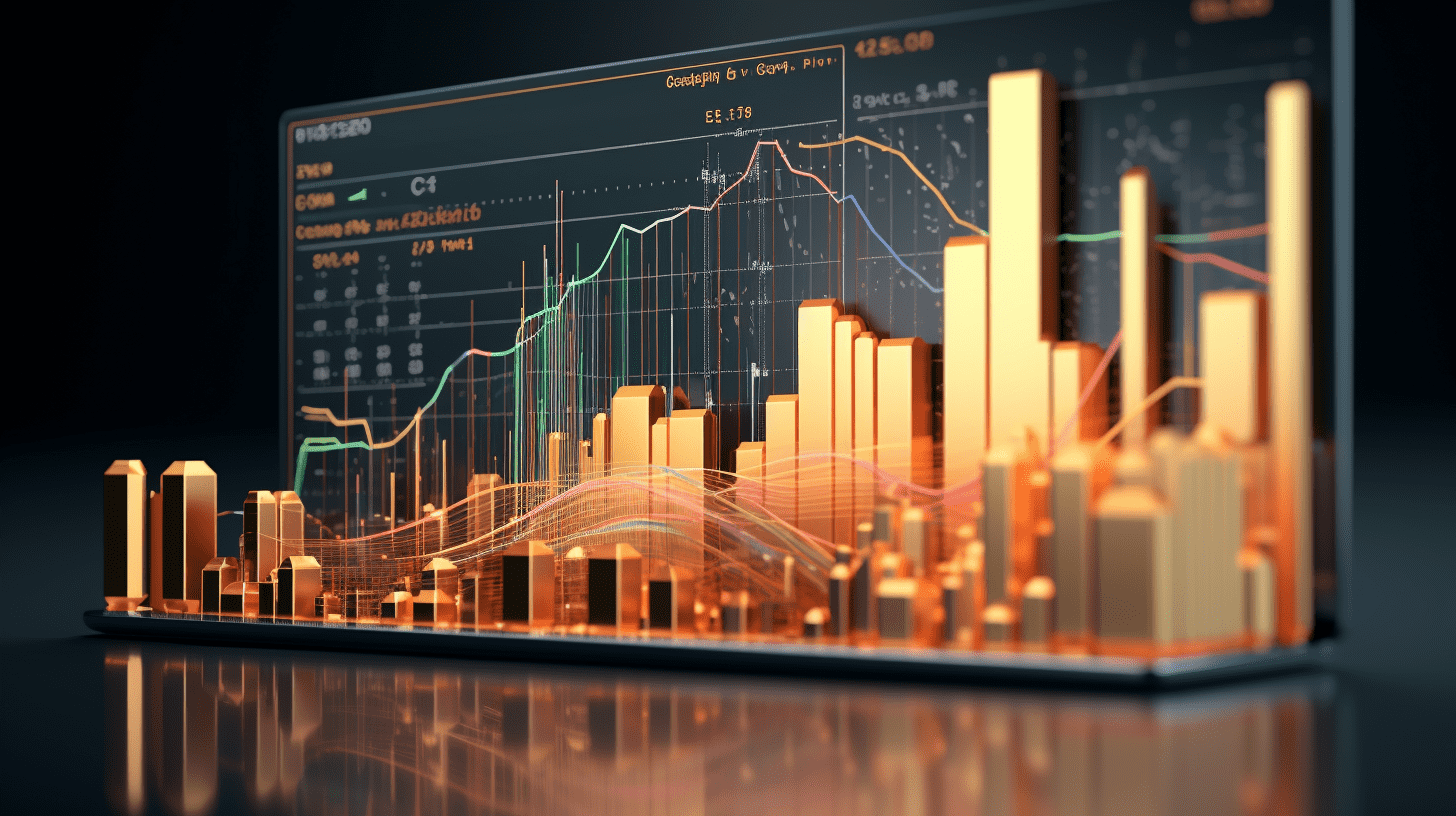
Gold "not fragrant" anymore? MetalsFocus: North American silver jewelry consumption on the rise
MetalsFocus released a weekly report analyzing feedback from market participants regarding three major price-sensitive areas in the North American gold and silver markets (jewelry demand, retail investment, and scrap supply). MetalsFocus believes that describing the North American jewelry market as resilient is quite appropriate. Most contacts indicated that gold jewelry demand decreased in the first half of this year, but considering the strong demand expected from 2021 to 2023, very few people are disappointed with this result. In contrast, it was reported that silver jewelry demand increased in the first half of this year, mainly due to affordability issues, as some consumers who originally intended to purchase gold jewelry were forced to buy silver jewelry (often gold-plated) due to a shortage of cash.
Reasons cited for the decrease in gold jewelry demand include high living costs, rising interest payments, and retailers finding it difficult to offer a wide range of affordable options, such as jewelry priced at $200 or less, when the gold price exceeded $2,300 per ounce. However, it should be noted that sales of high-weight gold jewelry are still doing well, and the shift from mainstream 14K gold jewelry to cheaper 10K gold jewelry is limited. Due to retailers' cautious approach to increasing inventory due to high gold price volatility, consumer jewelry sales are better than sales to retailers.
Regarding resilience, the scrap supply situation is slightly different. The organization's survey contacts in North America all reported a year-on-year increase in gold scrap supply, but the increase was modest. Due to a strong labor market in the United States and banks offering 30-year fixed-rate mortgages, there are fewer consumers selling their old jewelry (usually sold through pawnshops) for cash, which helps explain why the volume of old gold jewelry sold back only increased moderately when the gold price rose to around $2,400 per ounce.
However, the silver scrap volume in some areas has increased significantly. The growth primarily comes from a substantial increase in old silverware scrap volume after the silver price broke through the $30 per ounce mark. Unlike the moderate increase in scrap volume after a large increase in gold price, the significant increase in silver scrap volume is attributed to scrap collectors holding onto old silverware until prices are higher. Consumers selling back old commemorative coins and circulated coins (usually containing silver) further increase the total scrap volume. Importantly, the organization classifies this as a resale of old silver coins rather than investors selling off, as these silver coins were not initially purchased as investment items. Until the structural silver supply shortage is alleviated, it is important to note that the volume of silver-containing photographic scrap is still decreasing, while the volume of industrial scrap containing silver (especially waste ethylene oxide catalysts) has not been significantly affected by the silver price. This is a major reason why the organization still expects silver scrap supply in North America to only grow by 7% in 2024.
In contrast, the gold and silver retail investment demand lacks resilience. Almost all attendees at the conference believe that the sharp increase in gold price has led to a sharp increase in the volume of gold held by investors. Some investors are selling off solely to make a profit, while others are motivated by concerns of a short-term gold price pullback and crisis fatigue. Due to similar reasons combined with high living costs (which means less disposable income for low-income groups to buy gold and silver as savings) and some individuals purchasing significant amounts of gold and silver in the years 2020-2023, total investor purchases are weak.
This means that at many times, dealers' gold and silver buyback volumes exceed their sales of new products, equivalent to net selling by investors. The continuously rising cost of funds and declining profit margins worsen the situation, leading dealers to be less willing to finance inventory expansion, which in turn results in very few small gold bars and coins available for refining.
However, there are also some positive factors to note regarding gold retail investment demand. Firstly, due to a regional banking crisis in March 2023 that led to investors buying large amounts of physical gold for hedging, the comparison between this year and last year's figures is not entirely suitable, and the distortions caused by the high base effect are fading away. Secondly, the conference opened on June 8, and after the gold price fell below $2,300 per ounce on the 7th, the total buying volume may have rebounded, while the total selling volume dropped. Therefore, the organization may be able to slightly adjust its forecasts for net investment demand in the second quarter and full year of this year, but the possibility of US demand reaching a four-year low in 2024 still exists. Finally, the net investment demand of high net worth investors (which is not included in the organization's retail investment demand data series) is more resilient.
The changing trend in silver retail investment demand is similar to that of gold, but some contacts believe that after the silver price broke through $30 per ounce, the scale of silver sales has increased. However, overall, the outlook for silver investment demand is more optimistic, as funds deposited into personal retirement accounts are still net buying silver. There are frequent reports of steadily increasing purchase volumes, while sales volumes are extremely limited. Even if retirees must or choose to sell their silver holdings, there are always new buyers willing to absorb them, making instances of gold being taken out of the vaults very rare.
HK Stock Market Move | CHERVON (02285) rises nearly 5% in the afternoon, the company's turning point in business operation has appeared, and domestic demand for house repair and maintenance is expected to surge.
HK Stock Market Move | INNOVENT BIO (01801) up more than 6%, Masvidal peptide has excellent effects on weight reduction and lowering liver fat.
RECOMMEND
©️2013 - 2025 GMT EIGHT Holdings. All Rights Reserved.
Contact: [email protected]


